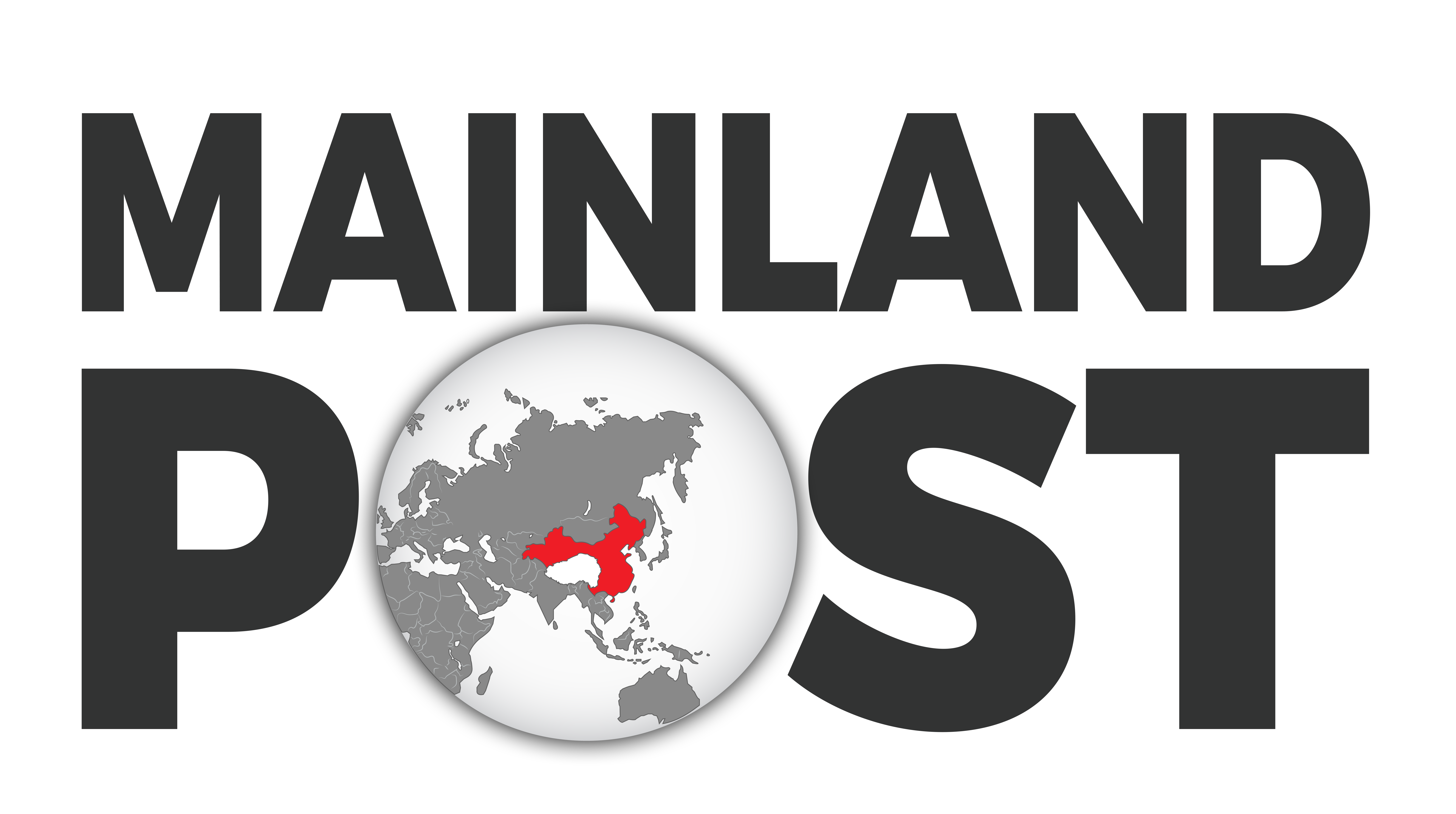On February 5, 1997, the Chinese government unleashed brutal violence on peaceful Uyghur demonstrators in the city of Ghulja (Yining), East Turkestan (Xinjiang). What began as a non-violent protest for equal rights, religious freedom, and an end to racial discrimination quickly turned into one of the bloodiest crackdowns on Uyghurs in modern history.
𝐀 𝐌𝐚𝐬𝐬𝐚𝐜𝐫𝐞 𝐢𝐧 𝐁𝐫𝐨𝐚𝐝 𝐃𝐚𝐲𝐥𝐢𝐠𝐡𝐭
Eyewitnesses recall that the People’s Armed Police and riot police opened fire indiscriminately into the crowd of approximately 10,000 Uyghurs, killing and wounding hundreds on the spot. Official death tolls were never released, but sources report that at least 100 people were killed immediately, with hundreds more wounded and arrested.
According to Amnesty International, more than 200 Uyghurs were executed in the following months after sham trials. Some estimates put the number at over 400. Thousands were detained, and many simply disappeared—presumed to have been tortured to death or executed in secret. Family members were left with no answers, their loved ones erased by the Chinese state’s machinery of repression.
𝐓𝐨𝐫𝐭𝐮𝐫𝐞, 𝐄𝐱𝐞𝐜𝐮𝐭𝐢𝐨𝐧𝐬, 𝐚𝐧𝐝 𝐄𝐭𝐡𝐧𝐢𝐜 𝐂𝐥𝐞𝐚𝐧𝐬𝐢𝐧𝐠
Uyghur democracy leader Rebiya Kadeer, who has been at the forefront of exposing China’s crimes, has repeatedly called for justice. “𝘛𝘩𝘪𝘳𝘵𝘦𝘦𝘯 𝘺𝘦𝘢𝘳𝘴 𝘭𝘢𝘵𝘦𝘳, 𝘮𝘰𝘵𝘩𝘦𝘳𝘴, 𝘸𝘪𝘷𝘦𝘴, 𝘢𝘯𝘥 𝘤𝘩𝘪𝘭𝘥𝘳𝘦𝘯 𝘰𝘧 𝘵𝘩𝘰𝘴𝘦 𝘸𝘩𝘰 𝘥𝘪𝘴𝘢𝘱𝘱𝘦𝘢𝘳𝘦𝘥 𝘪𝘯 𝘵𝘩𝘦 𝘎𝘩𝘶𝘭𝘫𝘢 𝘔𝘢𝘴𝘴𝘢𝘤𝘳𝘦 𝘴𝘵𝘪𝘭𝘭 𝘥𝘰 𝘯𝘰𝘵 𝘬𝘯𝘰𝘸 𝘪𝘧 𝘵𝘩𝘦𝘪𝘳 𝘭𝘰𝘷𝘦𝘥 𝘰𝘯𝘦𝘴 𝘢𝘳𝘦 𝘥𝘦𝘢𝘥 𝘰𝘳 𝘢𝘭𝘪𝘷𝘦,” she stated in 2010.
Survivors have described nightmarish conditions in the aftermath. Those arrested were taken to overflowing detention centers. Some were crammed into a sports stadium, doused with freezing water in sub-zero temperatures, leading to frostbite and amputations. Others were executed in public as a warning to anyone who dared to resist Chinese rule.
The massacre did not end with mass executions. Uyghurs who were merely suspected of being involved faced indefinite imprisonment and systematic torture. Inmates were subjected to electric shocks, beatings, and psychological abuse. In one particularly gruesome form of torture, detainees were forced to sit in iron chairs for days on end, unable to move, eat, or sleep.

𝐔𝐫𝐮𝐦𝐜𝐡𝐢 𝟐𝟎𝟎𝟗 𝐚𝐧𝐝 𝐭𝐡𝐞 𝐔𝐲𝐠𝐡𝐮𝐫 𝐆𝐞𝐧𝐨𝐜𝐢𝐝𝐞
If history repeats itself, it is because those in power face no consequences. On July 5, 2009, another peaceful protest in Urumchi, the capital of Xinjiang, ended in another bloodbath. Chinese police and military forces cracked down mercilessly, killing untold numbers of Uyghurs. The Chinese government admitted to 197 deaths, but independent estimates suggest thousands were massacred.
Since then, the Uyghur genocide has escalated. The Chinese Communist Party (CCP) has intensified its campaign of cultural eradication, sending over a million Uyghurs into concentration camps under the guise of “re-education.” Forced labor, mass sterilization, and relentless surveillance are now the reality for Uyghurs in their own homeland.
For decades, China has suppressed any discussion of the Ghulja Massacre. International inquiries have been blocked, journalists expelled, and families silenced through intimidation and imprisonment. But survivors refuse to forget.
Rebiya Kadeer has called upon the world to act: “𝘞𝘦 𝘢𝘱𝘱𝘦𝘢𝘭 𝘵𝘰 𝘵𝘩𝘦 𝘪𝘯𝘵𝘦𝘳𝘯𝘢𝘵𝘪𝘰𝘯𝘢𝘭 𝘤𝘰𝘮𝘮𝘶𝘯𝘪𝘵𝘺 𝘵𝘰 𝘥𝘦𝘮𝘢𝘯𝘥 𝘵𝘩𝘦 𝘊𝘩𝘪𝘯𝘦𝘴𝘦 𝘨𝘰𝘷𝘦𝘳𝘯𝘮𝘦𝘯𝘵 𝘩𝘰𝘯𝘰𝘳 𝘜𝘺𝘨𝘩𝘶𝘳 𝘢𝘶𝘵𝘰𝘯𝘰𝘮𝘺, 𝘳𝘦𝘴𝘱𝘦𝘤𝘵 𝘜𝘺𝘨𝘩𝘶𝘳 𝘤𝘶𝘭𝘵𝘶𝘳𝘦, 𝘢𝘯𝘥 𝘴𝘵𝘰𝘱 𝘵𝘳𝘢𝘯𝘴𝘧𝘦𝘳𝘳𝘪𝘯𝘨 𝘏𝘢𝘯 𝘊𝘩𝘪𝘯𝘦𝘴𝘦 𝘪𝘯𝘵𝘰 𝘰𝘶𝘳 𝘵𝘦𝘳𝘳𝘪𝘵𝘰𝘳𝘺. 𝘐𝘧 𝘵𝘩𝘦 𝘸𝘰𝘳𝘭𝘥 𝘴𝘵𝘢𝘺𝘴 𝘴𝘪𝘭𝘦𝘯𝘵, 𝘵𝘩𝘦𝘴𝘦 𝘢𝘵𝘳𝘰𝘤𝘪𝘵𝘪𝘦𝘴 𝘸𝘪𝘭𝘭 𝘤𝘰𝘯𝘵𝘪𝘯𝘶𝘦.”
Despite overwhelming evidence, China continues to frame the Uyghur struggle as a “terrorist” movement, exploiting global fears to justify its repression. But the world must recognize this for what it is: a deliberate campaign of ethnic cleansing.





